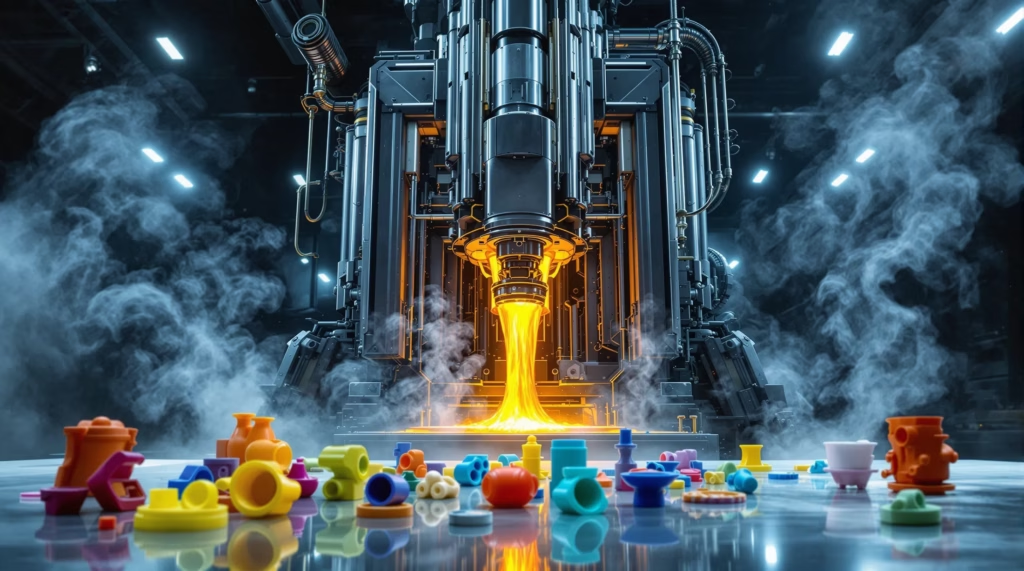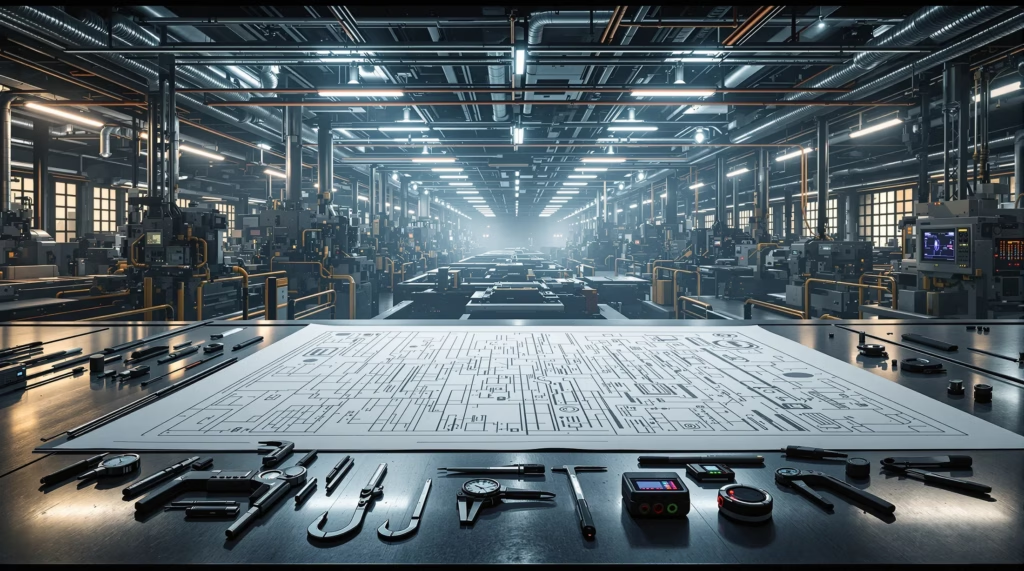Navigate the Future of Manufacturing
industry 4.0 technologies
Unlock the potential of Industry 4.0 with Gridon Systems. We provide expert insights, cutting-edge solutions, and practical guidance for integrating advanced technologies into your manufacturing processes. Explore the latest trends, strategies, and innovations driving the future of industry.
Revolutionize your operations and gain a competitive edge with our comprehensive resources.
Featured Articles: Transforming Manufacturing with Industry 4.0
Dive into our curated collection of articles and discover how Industry 4.0 technologies are reshaping the manufacturing landscape. Stay ahead of the curve with insights on implementation, best practices, and real-world applications.
Precision Machining: Definition, Benefits, and Applications
Injection Molding: A Comprehensive Guide to the Process and Applications
What Does a Software Engineer Do? Insights into the Role and Responsibilities
What Does an Industrial Engineer Do? Discover Their Roles and Responsibilities
Quality Control Inspector: Role, Responsibilities, and Career Outlook
Average Engineer Salary: 2025 Insights and Trends
Unlock the Power of Industry 4.0
Explore Key Industry 4.0 Technologies and Concepts
Discover how these essential elements are driving the future of manufacturing.
IIoT (Industrial Internet of Things)
Connect your machines, systems, and data for real-time insights and enhanced control. Leverage the power of interconnected devices to optimize your production processes.
Cloud Computing
Leverage cloud-based platforms for scalable, secure, and accessible data storage and processing. Streamline collaboration and access critical information from anywhere.
Automation
Streamline and optimize processes with robotics, automated systems, and smart technologies. Increase efficiency, reduce errors, and improve overall productivity.
AI (Artificial Intelligence)
Harness the power of machine learning and AI to automate tasks, predict outcomes, and improve decision-making. Enhance efficiency and accuracy in your manufacturing operations.
Big Data Analytics
Extract valuable insights from massive datasets to identify trends, optimize performance, and drive innovation. Transform raw data into actionable strategies for continuous improvement.
Cybersecurity
Protect your systems, data, and infrastructure from cyber threats with robust security measures. Ensure the integrity and reliability of your Industry 4.0 operations.









